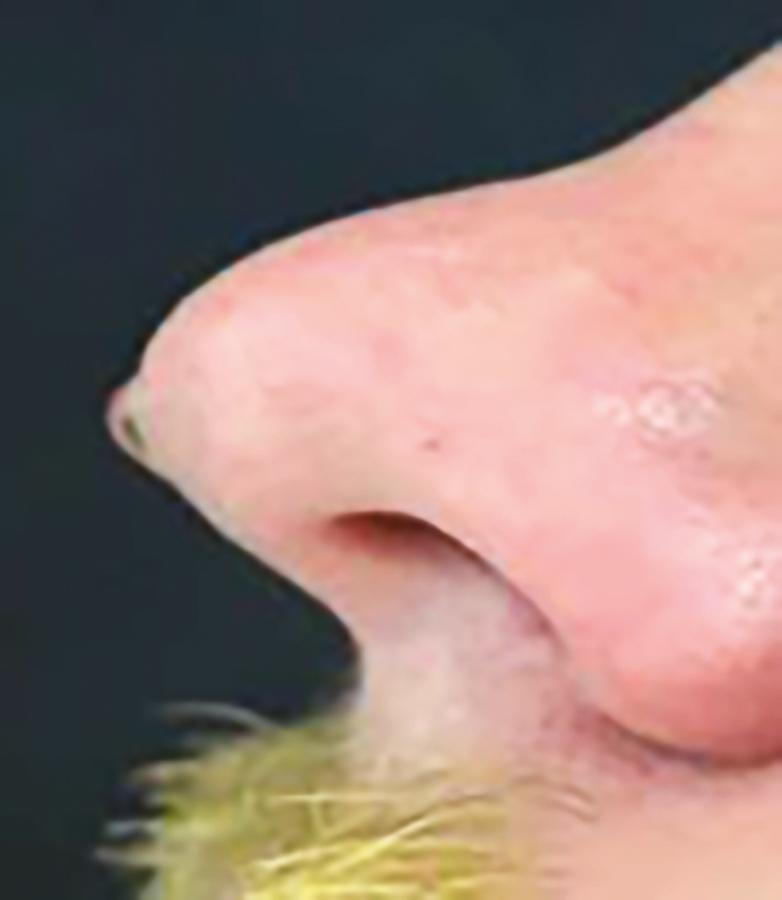Physical Address
304 North Cardinal St.
Dorchester Center, MA 02124
Cerebrospinal fluid (CSF) leaks can lead to life-threatening conditions, including meningitis and stroke. Depending on the cause and especially for spontaneous CSF leaks, diagnosis of a CSF leak can be challenging given that nasal mucus can be difficult to distinguish from CSF. Analysis of nasal secretions is frequently used to confirm the presence of a CSF leak when the presence of one is not obvious. Several chemical markers can be used in making the CSF leak diagnosis, including β-2 transferrin; β-trace protein (βTP); and, less commonly, glucose. Protein analysis of nasal secretions is frequently used to confirm the presence of a CSF leak. A variety of techniques can be used for collection of nasal secretions. The most common method is to have the patient perform the Dandy maneuver in which the patient leans forward with the head pointed down while performing a Valsalva maneuver. Performing this maneuver can increase the rate of CSF leakage, and the secretions can be collected into a testing vial. Nasal secretions can also be obtained using nasal suction with an in-line collection vial such as a Lukens Trap. Visually, it is frequently difficult to differentiate CSF rhinorrhea from normal nasal secretions ( Fig. 3.1 ). Protein analysis of the fluid can help with differentiation. We have summarized the common protein analyses performed for detection of CSF in Table 3.1 .

| Name | Sensitivity (%) | Specificity (%) |
|---|---|---|
| β2 Transferrin | 87–100 | 97–100 |
| β-Trace protein | 80–100 | 100 |
| Glucose oxidase | 80 | 0 |
| Intrathecal fluorescein | 92.9 | 100 |
Become a Clinical Tree membership for Full access and enjoy Unlimited articles
If you are a member. Log in here